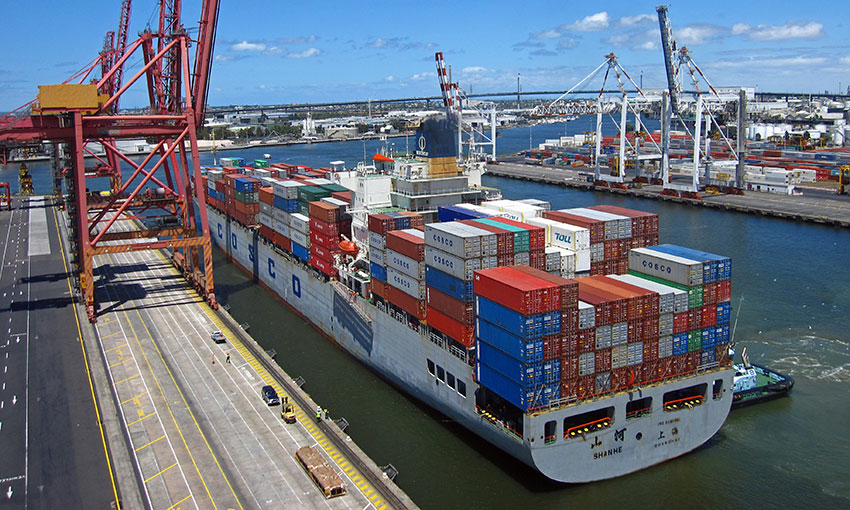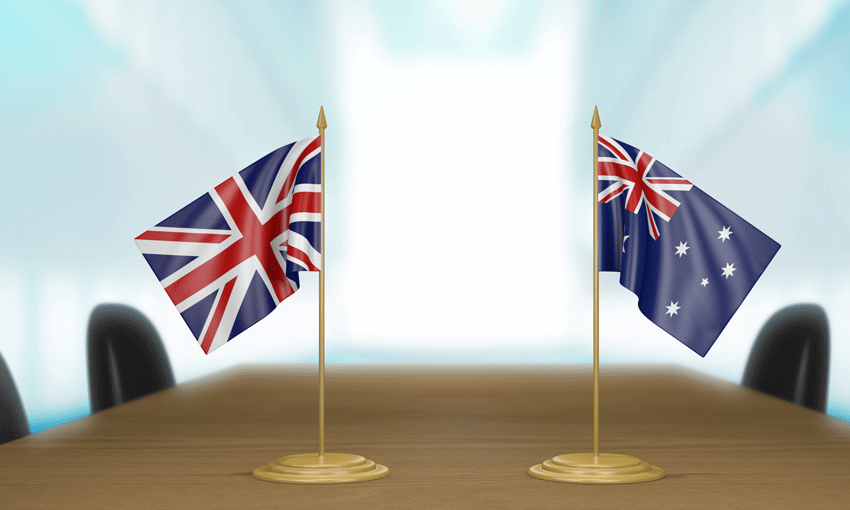AUSTRALIA’S current account surplus fell by $4.8 billion to $7.7 billion (seasonally adjusted, current prices) in this past June quarter, according to figures released this week by the Australian Bureau of Statistics.
Grace Kim, ABS head of International Statistics, said: “The decrease in the current account surplus reflected the fall in prices for Australia’s key export commodities, partly offset by a drop in the net primary income deficit.”
The balance on goods and services decreased $8 billion to $31.4 billion and the net primary income deficit dropped $3.2 billion to $23.4 billion.
Australia’s terms of trade fell 7.9%, the largest fall since June quarter 2009.
Goods
“Exports of goods fell 7%, the largest fall since June quarter 2014, as prices for energy commodities like coal and LNG continued to fall from the highs seen in 2022,” Ms Kim said.
“Despite falling commodity prices for the June quarter 2023, prices remained high over the 2022-23 financial year. Annual exports of other mineral fuels, including LNG, exceeded $100 billion for the first time.”
Imports of goods fell 1.2%, driven by fuels and lubricants as prices continued to fall, according to the ABS.
Services
Imports of services rose 7.1%. Travel services drove the increase as the number of Australians travelling overseas continued to rise.
Exports of services rose for the sixth consecutive quarter, up 12.8%. This was driven by travel services, reflecting continued recovery in education and personal travel since the re-opening of Australia’s international borders.
The number of international students in Australia was above pre Covid-19 levels, for the first time since the beginning of the pandemic.





